Stop Trying To Get Fixed
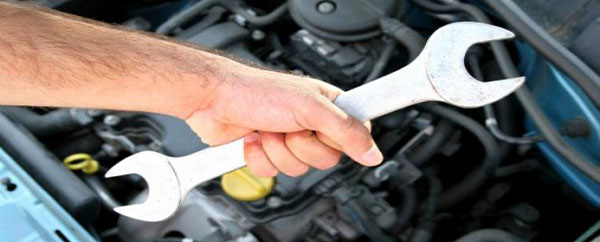
For runners struggling with pain or injury, it can often be confusing as to what type of health professional to visit. In a previous article we considered the difference between a sports therapist, physiotherapist, osteopath and chiropractor but experience shows that at the end most of us do not care what the therapist has studied, as long as they can fix us. And here lies the problem…
You Are Not A Car
It’s a neat comparison: when loppers our car has an issue, we take it to a mechanic; when our body has an issue we take it to a therapist. It’s called biomechanics for a reason, no? Sadly, our body is nothing like a car and despite the fact that ‘mechanics’ does on paper make up most of the word, the ‘bio’ part that precedes it negates the validity of any comparison of the human body to a chunk of metal.
The typical car contains some 30,000 parts. If certain parts become damaged, the process halts; when possible, the parts are fixed or replaced and the process resumes. The human brain has over 100 billion nerve cells, each one putting the bio into biomechanics. In contrast to a car, our body has the capacity to adapt, so in reality it is far more resilient than any car. When subjected to stress, the human body gets better at dealing with that stress (as long as it is given enough time for recovery). This is how we progress from managing to run no more than 5km to successfully completing a marathon.
The frequently used ‘you’re out of alignment’ explanation for pain is a good example of how comparing our body to a car leads us down erroneous paths of non evidence based assessment, treatment & ‘correctional’ exercise. Just because the wheels on a car need balancing does not mean our legs are supposed to be the same length. When it comes to living things, asymmetry is just as common in nature as symmetry (if not more), and there is abundant research showing how asymmetry is not linked to pain.
Recovery And Dependency
Modern pain science suggests that the tendency to disconnect ourselves from responsibility and place ourselves in the hands of a therapist so they can ‘fix’ us can actually SLOW DOWN our recovery. Lying on a treatment couch whilst a therapist rubs, twists, pulls and pokes us may result in us leaving the clinic pain free, limping less, able to lift our shoulder, turn our head, etc. but as many of us are probably all too aware this ‘fix’ can often be temporary.
So we go for another session of treatment, and another. Research suggests that the stronger our belief is that the therapist is ‘fixing’ us, e.g. having our spines ‘clicked back into position’, the higher the danger of us becoming dependent on their help, until months or even years have passed of us getting ‘fixed’ without actually getting fixed!
So We Should Avoid All Therapists?
No, that is most definitely NOT what I am saying. As a runner there is a lot you can do to manage pain in the initial onset but as a general rule if the pain has lasted over four days or is forcing a change to the way you move, you should definitely go seek advice from a health professional. However, the key word is ADVICE.
“Modern pain science suggests that the tendency to disconnect ourselves from responsibility and place ourselves in the hands of a therapist so they can ‘fix’ us can actually SLOW DOWN our recovery.”
A Closer Look At The Brain
In order to help you understand why you taking control is so important when it comes to dealing with pain and injury, we need to take a closer look at how neuroscience is changing our understanding of manual therapy. Deep tissue massage, myofascial work, mobilisations, stretching, acupuncture – all of these can serve to help decrease pain and increase mobility in the short term.
However, despite the traditional belief that these techniques directly affect our muscles, tendons, ligaments and fascia, modern research suggests that the changes in tension, mobility and pain we experience after these manual treatments are more likely to be the product of temporary changes to the nervous system. In other words, although having a therapist rub, twist, pull and poke us may make us feel better and closer to being ‘fixed’, it is unlikely the treatment alone will provide a long term solution. To promote long term changes, you need to be in control, you need to be the one doing the moving.
Body Maps
The brain contains a ‘virtual body map’ for each and every body part. As far as pain goes, these body maps dictate whether the brain & nervous system feels threatened or not, whether they output pain or not, and if so how much. A basic understanding of the relevance of body maps when it comes to dealing with injury and pain can help runners appreciate the importance of performing rehabilitation correctly and in doing so potentially help us to not only speed up recovery but also avoid the frustration of re-injury.
Body maps are probably one of the most exciting discoveries of modern day neuroscience. If your body map says your foot is on fire, you will feel like your foot is on fire, even if you don’t even have a foot! The phantom limb pain suffered by 80% of people who have had limbs amputated is testimony to this. The exciting thing about body maps is that they are always changing size, shape and organization, a process called neuroplasticity. The better the size and quality of a body map, the better the perception and movement of the physical body part it represents.
When you practice a movement, the body map representing the physical body part involved grows in size. However, if you stop using a particular body part, e.g. when you are injured and/or in pain, the body map for that particular body part becomes ‘blurred’ (also referred to as ‘smudged’). In other words, if you don’t use it you lose it.
Mindful Movement
When a body map becomes blurred, the brain’s perception of the body’s movement becomes distorted. Its powers of assessing a particular situation become hindered and it becomes threatened unnecessarily. If the brain feels threatened it outputs pain. We are not saying that pain is all in your head, we are saying that in order to restore the brain to a less threatened state we need to restore the integrity of the blurred body maps. And that will not happen by having someone else rub, twist, pull or poke our physical body.
Blurred body maps are cleaned up by us performing goal orientated, concentrated movements, in other words mindful movement. The simple act of slowly and carefully drawing the alphabet with your toes can often result in a sprained ankle hurting less when you try and walk on it again. You have not affected the physical structures of the foot; you have filled in some of the gaps on the body map in your brain. If moving in a certain way is regarded as threatening by the brain, changing the movement slightly so that you can perform it in less pain and with more coordination will encourage reintegration of body maps, a less threatened brain and nervous system, and therefore less pain.
Mindful Movement In Rehab
The existence of body maps and neuroplasticity has huge implications when it comes to performing rehab. First of all, it reinforces the fact that if you want to move better and be in less pain, you have to do your exercises! The second is how you perform the exercises. Too many clients I see rush through rehab, in other words they just go through the motions.’ Research shows that restoring size, shape and organisation to our body maps is best achieved by:
- Active Movement– i.e. you performing the movement, not a third party.
- Concentration – be mindful of what you are doing and how your body feels.
- Breathing – focussing on breathing whilst moving is a great way to enhance concentration.
- Goal Orientated – e.g. rather than just twisting your ankle round, try drawing the alphabet.
- Novel – new movements will stimulate the brain; experiment, explore.
To incorporate the above factors, you may only need to tweak you rehab slightly. Set yourself goals, stay attentive of what you are doing, practice different tempo’s, explore different ways of breathing, discover new ways of performing the same exercise but with body parts in slightly different positions. Imagination is the only thing that can hold you back. Make it mentally challenging, make it fun!
Conclusion
This article has hopefully shown you that we are nothing like cars and should not expect to get ‘fixed’ when things start going wrong. We must never forget the importance & significance of the brain and nervous system. Mindful movement can only be achieved if you do the moving. Rather than seeing your therapist as a mechanic, see them as someone who can advise you on what type of movement you should be doing (will depend on extent of injury / pain), suggest new novel ways of moving in order to stimulate the nervous system, and give you valuable feedback whilst you are moving (for the parts of your body you cannot see).
Feedback has been shown to play an important part in improving the revitalising of body maps. A rub, twist, pull or poke before the rehab can often help to reduce pain and free up some movement but as a rule always follow it up with some active movement. Your body, your brain, your movement… you fix it!
Have you any experience of using mindful movement to reach full recovery? Have the descriptions of brain involvement and body maps helped you or made things too complicated? Therapists & runners please feel free to use the comments section below!
Related Posts
Five Best Ways For Runners To Warm Up
Want to know the five best ways for runners to warm up? What does the evidence say about Static stretching? How about Dynamic Stretching? What’s Dynamic Mobility? Prepare for surprises!
Hill Sprints for Novice Runners
For those relatively new to regular running, the notion of introducing maximal effort hill sprints is often met with concern over the possibility of over-training and encouraging injury. And yet, including one or two weekly hill sprint sessions into your training may well be safer than just knocking out long distances on flat ground.
Natural Equals Good – Logical Fallacy
A logical fallacy is something used in discussion / argument / marketing that sounds supportive but is actually based on a misassumption. For example, assuming something /someone must be good because it’s been around for many years is called an ‘appeal to antiquity’. They are worth recognising as soft tissue discussions are full of them.
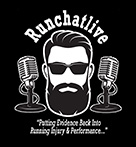
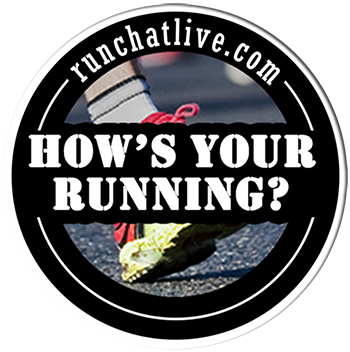
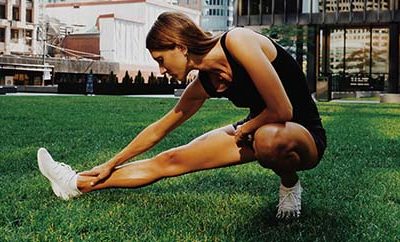
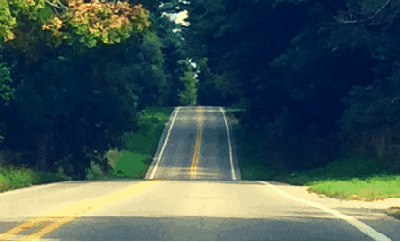
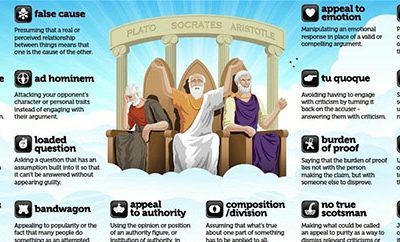
0 Comments